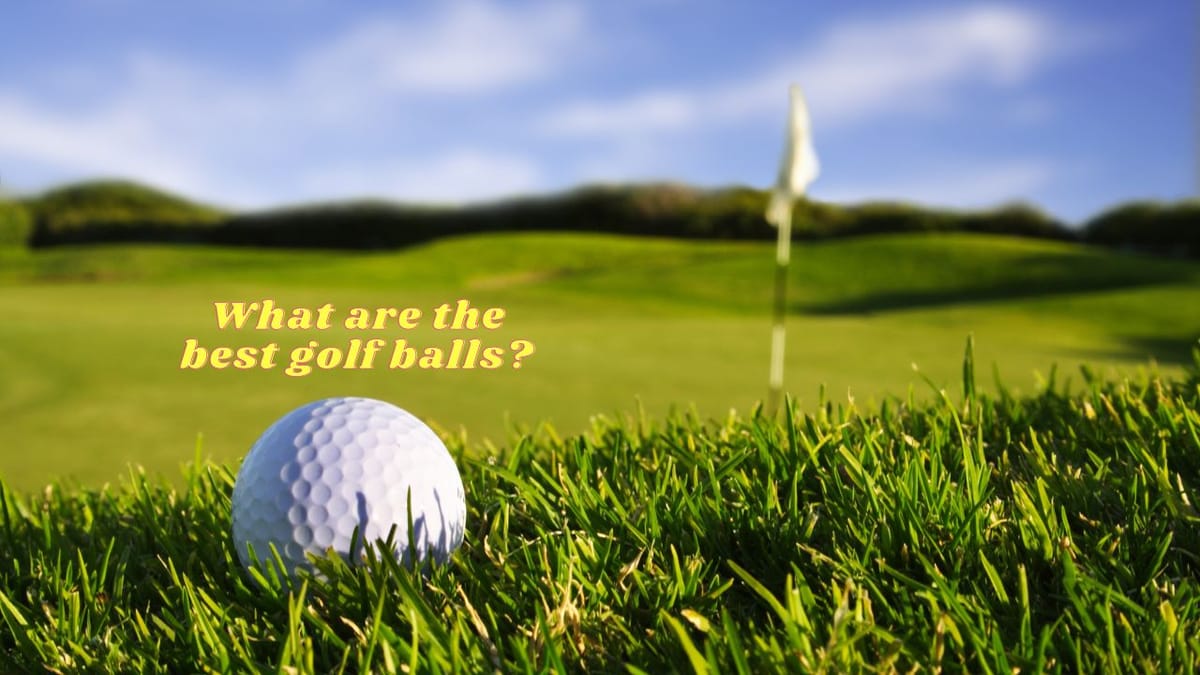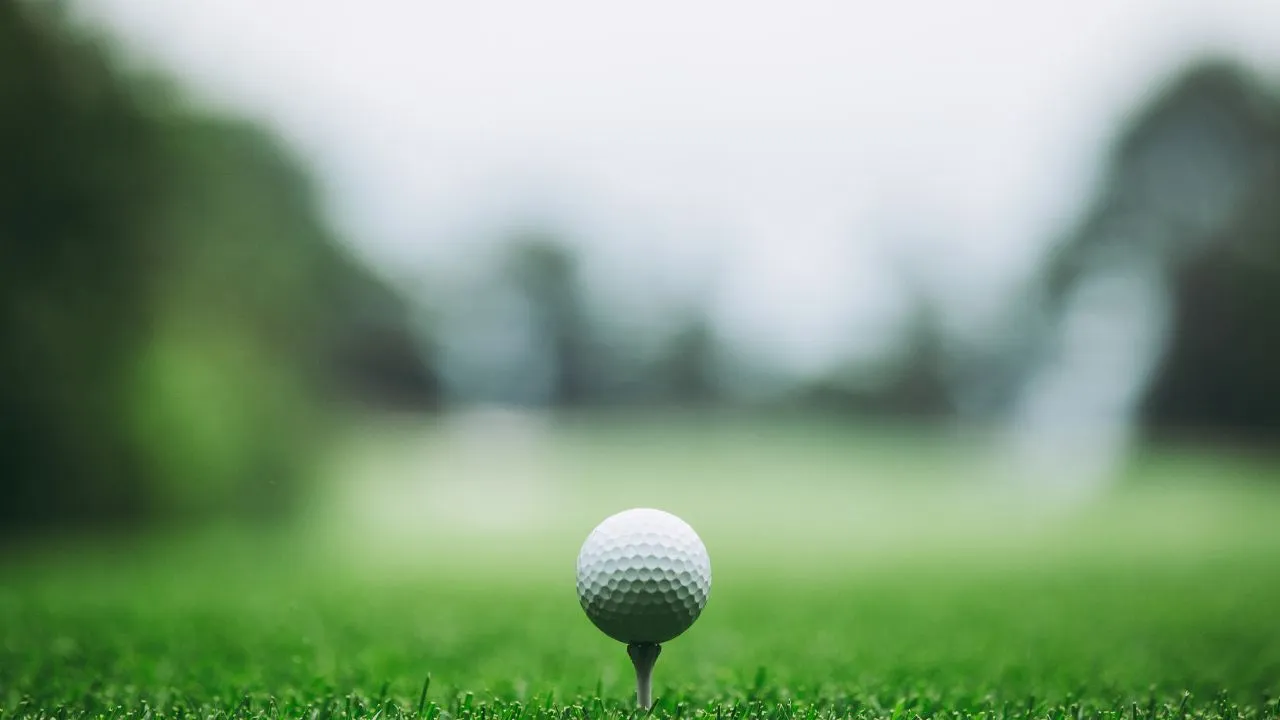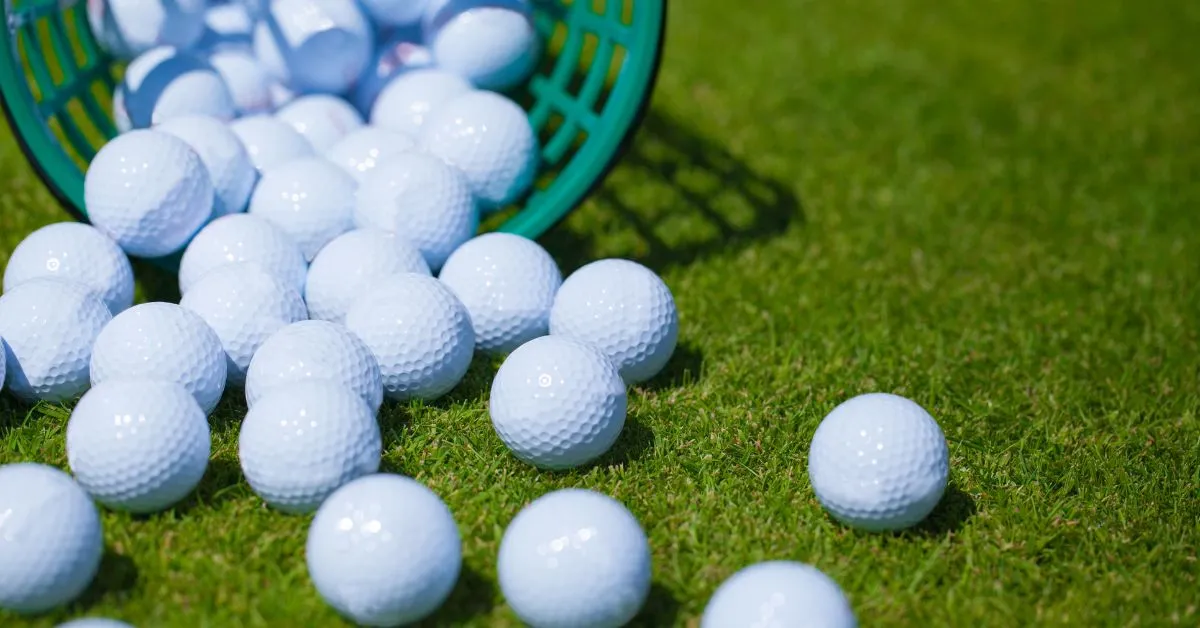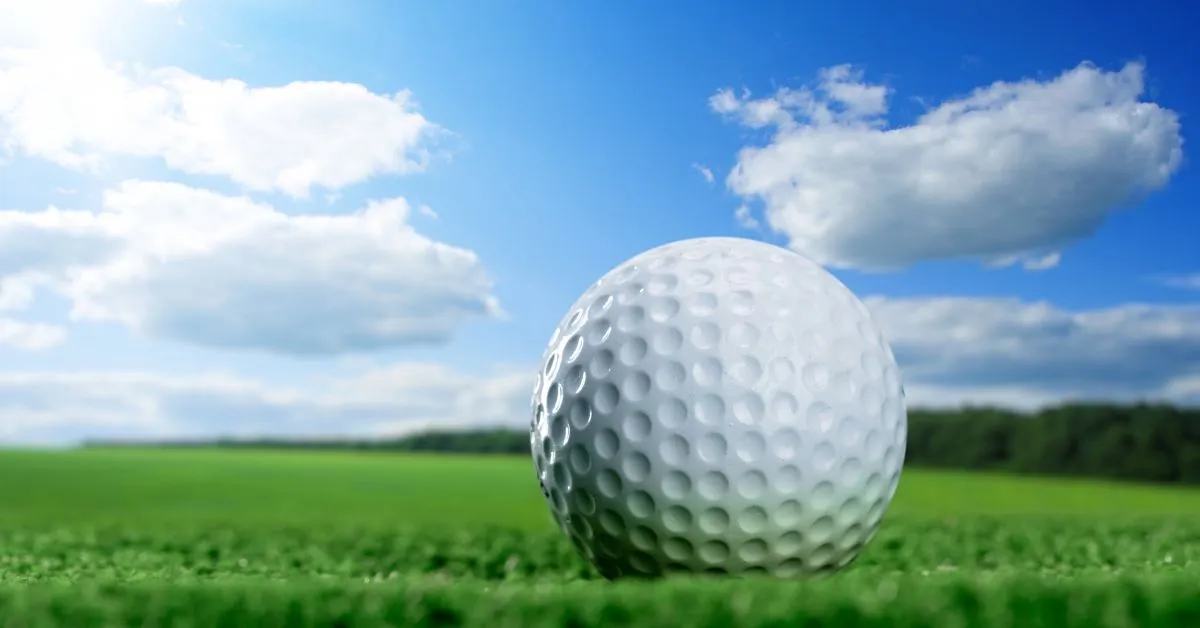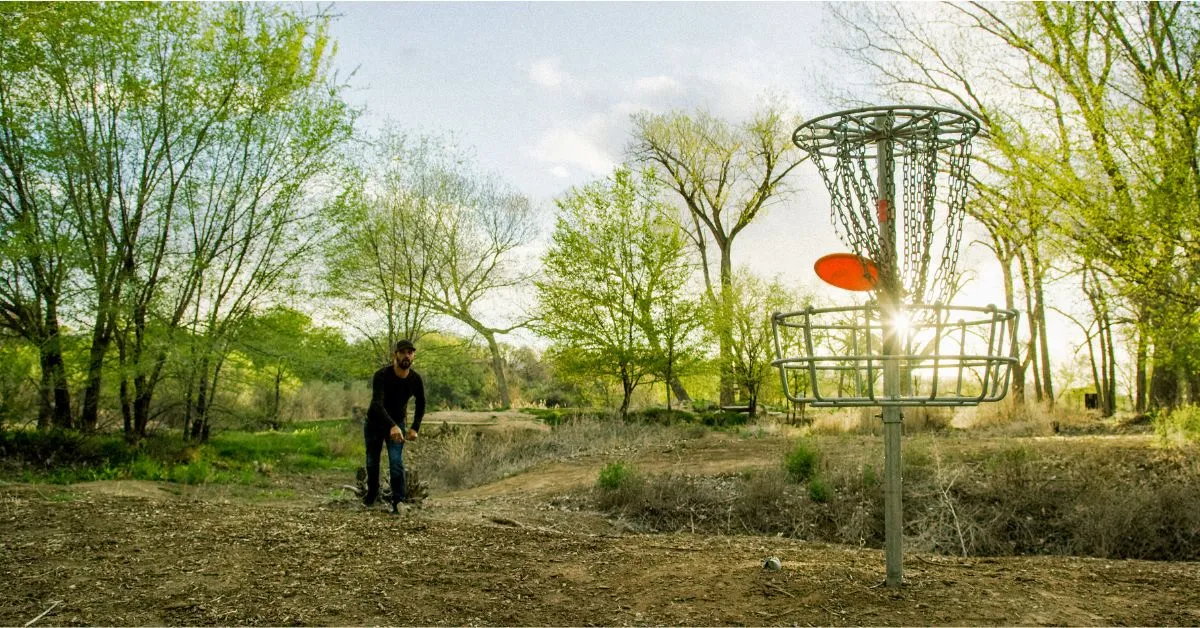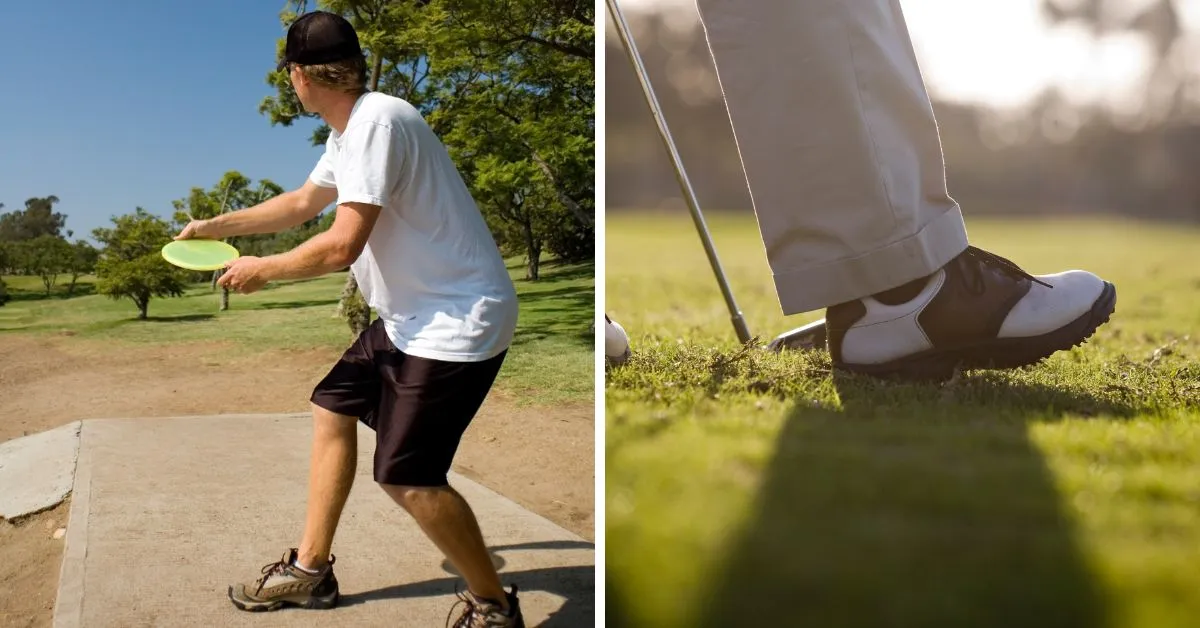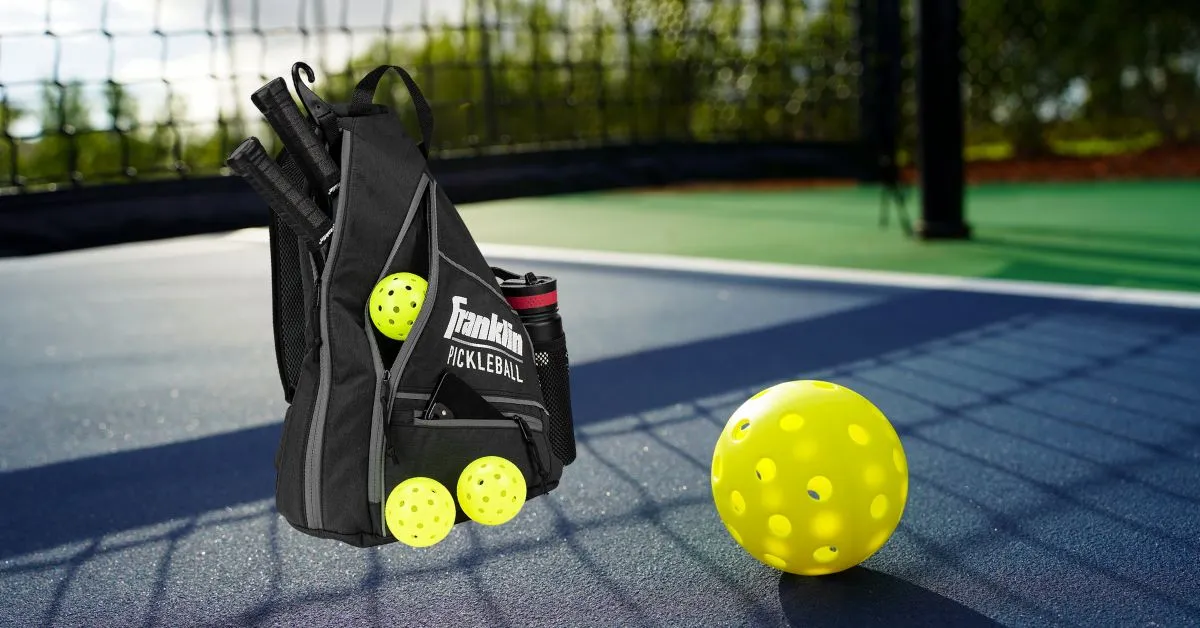Table of Contents
Golf is a game of precision and skill, where the smallest details can make a significant difference in performance. One such detail is the golf ball itself. With a myriad of options available, golfers often ponder, "How much better are good golf balls?" This article delves into the nuances of premium golf balls and their impact on your game.
Key Takeaways:
- Premium golf balls offer advanced technology that can enhance distance, control, and feel for better players.
- Choosing the perfect golf ball hinges on your proficiency, the velocity of your swing, and your individual tastes.
- Investing in more expensive golf balls can lead to improved performance, but it's essential to choose the right ball for your needs.
With detailed and rigorous research, we provide our readers with the finest recommendations. Our recommendations are our opinions. Our cause is backed by reader support- for every click made through one of our affiliates links, a commission may be earned at no extra expense to you! As an Amazon Associate, Reviewsopedia may earn a commission from qualifying purchases. Thank you and enjoy!
The Science Behind Premium Golf Balls
When it comes to premium golf balls, golf ball manufacturers invest heavily in research and development. These balls are designed with multiple layers, each serving a specific purpose. For instance, Titleist golf balls, known for their excellent performance, often feature a core that maximizes energy transfer for more ball speed, an intermediate layer that manages spin, and a urethane cover that provides a soft feel and greenside spin.
Tour balls, such as the Titleist Pro V1, are typically preferred by low handicap players and professional golfers for their ability to offer more control and distance. The technology in these balls can significantly affect your game, especially if you have faster swing speeds.

Choosing the Right Golf Ball Compression
Golf ball compression is a critical factor that affects the feel and performance of a golf ball. High compression balls are suited for players with fast swing speeds, as they can compress the ball enough to benefit from the energy return. Conversely, low compression balls are better for golfers with slower swing speeds, as they require less force to compress and can increase distance for these players.
The Callaway Supersoft and the Titleist Tour Soft are examples of lower compression balls that offer a soft feel and are designed for average golfers who may not generate the same swing speeds as tour professionals.
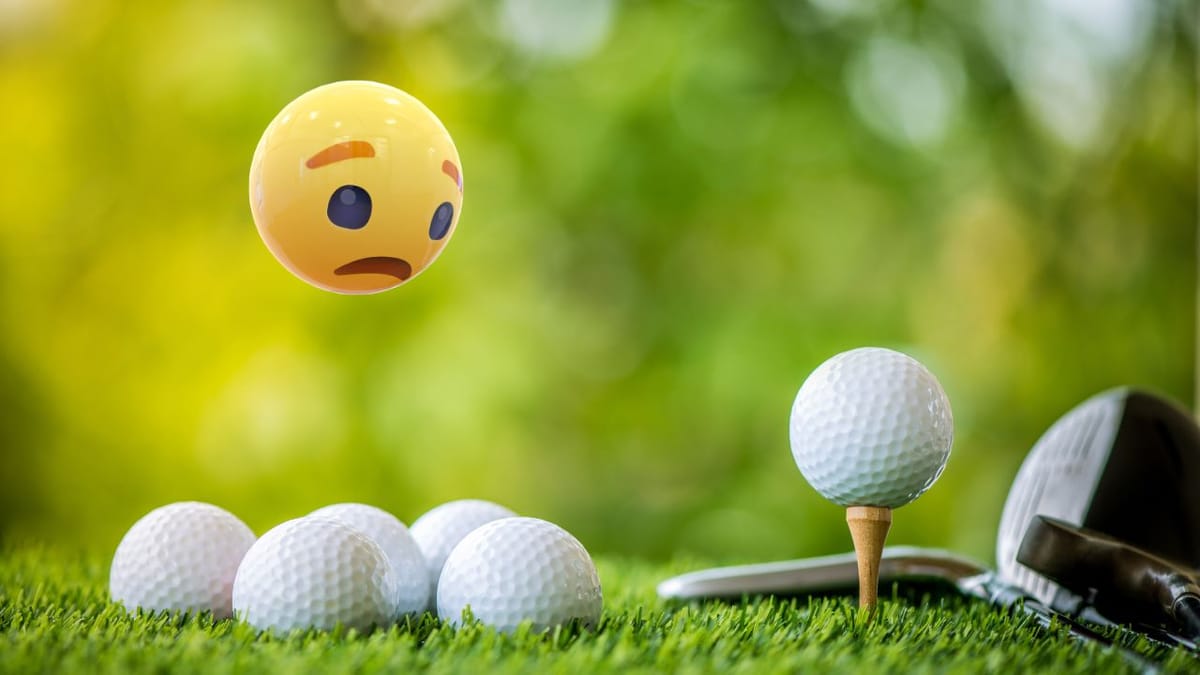
The Cost-Benefit Analysis of Premium Balls
When comparing premium balls to cheaper balls or mid-priced balls, the cost is a significant factor. More expensive golf balls are constructed with higher-quality materials and advanced technology. For better players, the extra money spent on premium balls can translate to more distance, better spin rates, and improved distance control.
However, for high handicappers or average players, the benefits of premium balls might not be as noticeable. In such cases, a mid-priced ball or even used balls from reputable brands might be a more cost-effective choice without sacrificing too much performance.
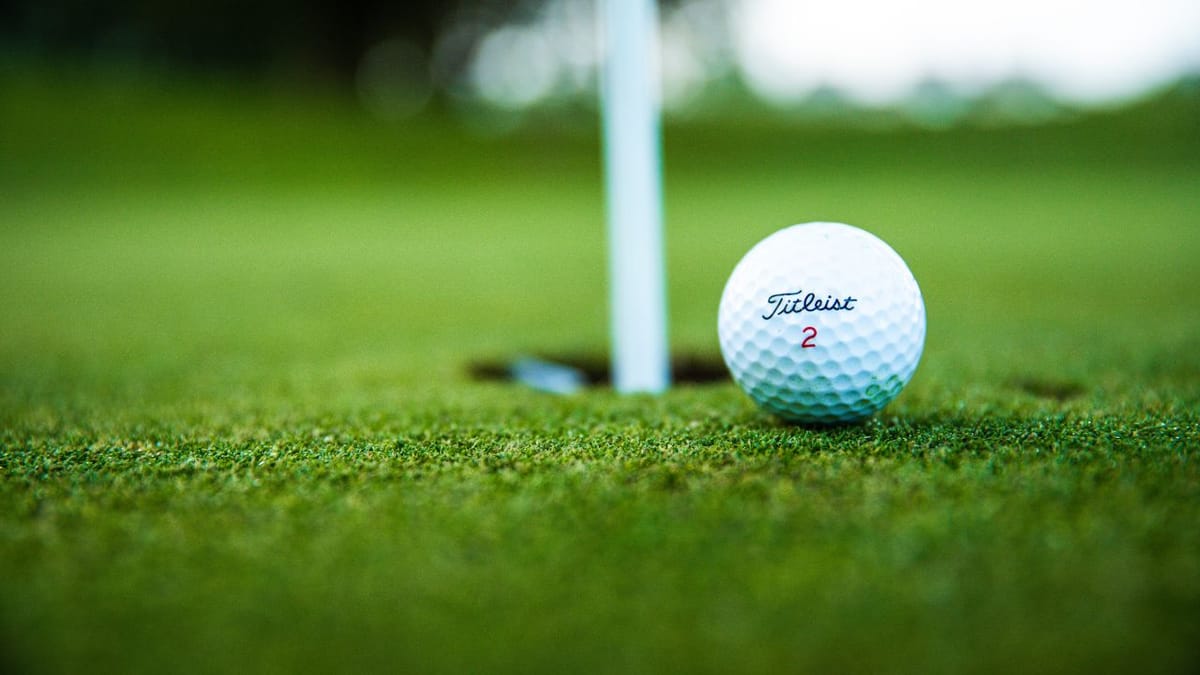
The Impact of Golf Ball Layers
Premium golf balls often boast multiple layers, with each layer serving a distinct purpose. The core is designed for distance, the mantle layer for speed and spin regulation, and the cover for durability and feel. Titleist balls, for example, are known for their multiple-layer construction that provides a balance of distance and control.
The Chrome Soft by Callaway is another example of a multi-layered ball that offers excellent performance for players with moderate to fast swing speeds. Its construction allows for a high level of control around the greens while still providing the distance off the tee.
Spin Control and Greenside Performance
One of the most significant advantages of premium golf balls is their greenside performance. Urethane covers, found on many tour balls, offer higher spin rates and better control on wedge shots. This allows for more precise distance control and the ability to stop the ball quickly on the green.
For scratch golfers or low handicap players, this level of control is crucial for scoring. The right golf ball can make the difference between a birdie and a par, or even a par and a bogey, depending on how well it performs on and around the greens.
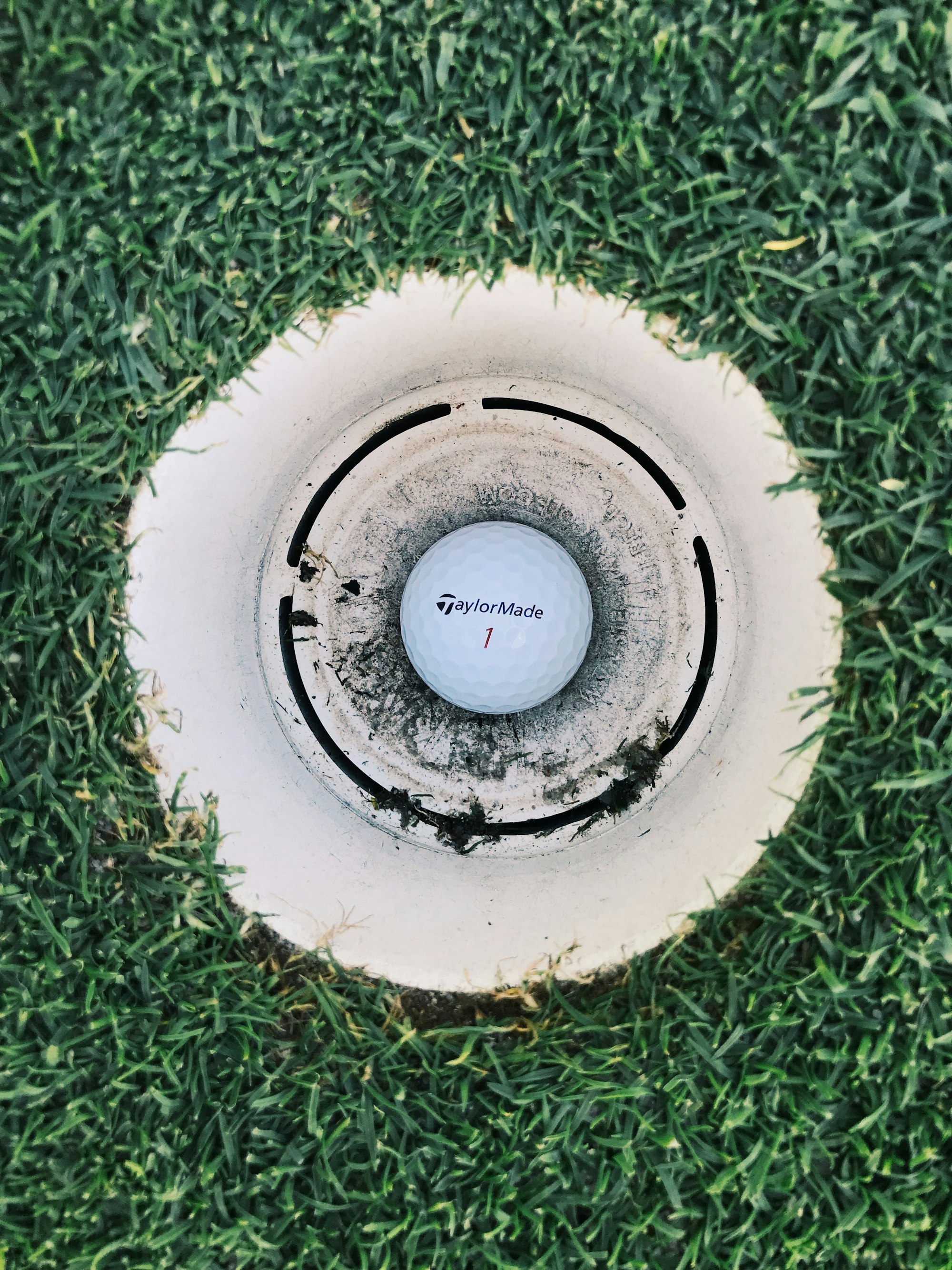
Golf Balls for Different Swing Speeds
The right golf ball for a player largely depends on their swing speed. Golfers with faster swing speeds will benefit from a ball that offers low spin off the driver for more distance and high spin on approach shots for control. Conversely, those with slower swing speeds will gain more from a ball that provides more ball speed and a higher trajectory to maximize their distance.
For instance, the Titleist AVX is designed for golfers seeking a premium ball with a lower flight and less spin, while the Titleist Velocity caters to those looking for more distance and a higher ball flight.
The Role of Personal Preference
While technology and performance characteristics are crucial, personal preference should not be overlooked. The ball feels at impact, the sound it makes, and even the visual appeal can influence a golfer's confidence and enjoyment. Some golfers might prefer the soft feel of a Callaway Supersoft, while others might opt for the firmer feel of a Titleist Pro V1x.
It's essential to test different balls to determine which one feels right for you. Visiting a golf shop and speaking with a professional can also provide valuable insights into choosing the right ball for your game.
The Verdict on High-End Golf Balls
For low handicap players and those striving for the best performance, investing in high-end golf balls can be worthwhile. The advanced technology and superior materials used in these balls can provide a competitive edge. However, it's important to remember that the best ball for one player might not be the best for another.
Playing with the wrong golf ball can lead to losing distance and control, so it's crucial to match the ball to your skill level and playing style. Whether it's a Titleist, Callaway, or another brand, finding the right ball can make a noticeable difference in your game.
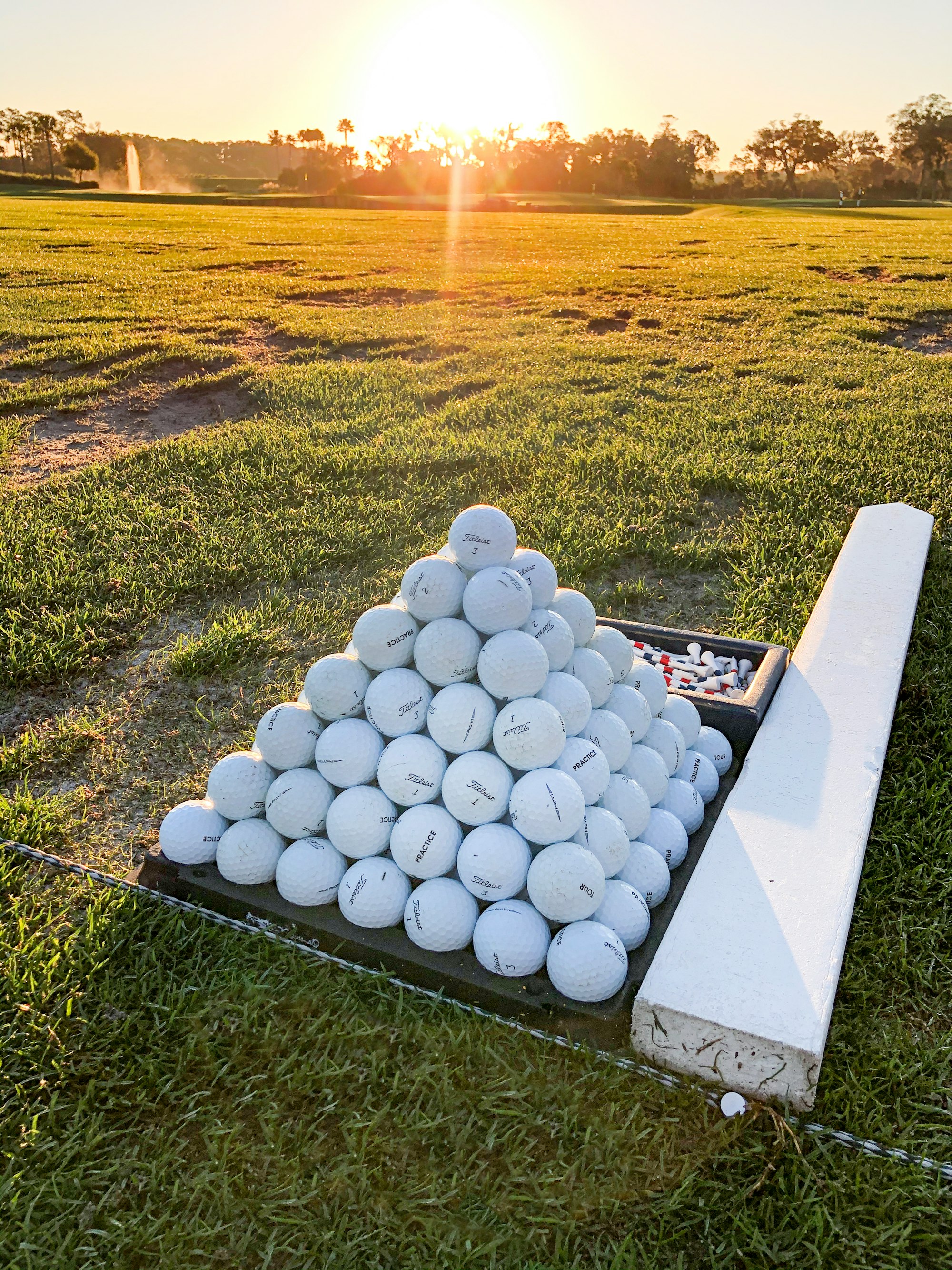
Summary
Good golf balls can significantly enhance a golfer's performance, offering benefits like increased distance, better control, and a more pleasing feel. Premium golf balls are engineered with advanced technology and high-quality materials to meet the demands of better players. Nonetheless, selecting an ideal golf ball for a player is contingent upon their level of expertise, the rapidity of their swing, and their unique inclinations. While more expensive golf balls can improve your game, it's essential to choose a ball that matches your playing characteristics to see the most benefit.
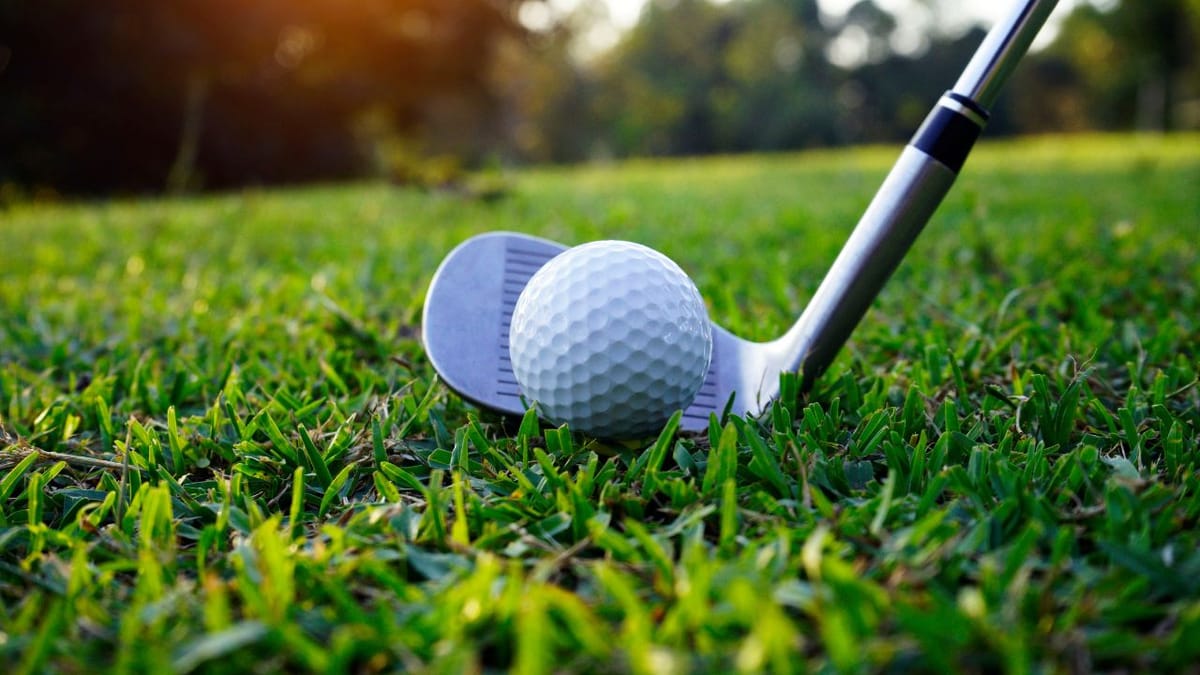
FAQ Section
Can average golfers benefit from using premium golf balls?
Yes, average golfers can benefit from premium golf balls, especially if they offer characteristics that match the golfer's swing speed and skill level. However, the performance gains might not be as pronounced as they are for low handicap players.
Is it worth spending more money on golf balls if I'm a high handicapper?
High handicappers might not see as much benefit from more expensive golf balls as better players do. It's often more cost-effective for high handicappers to use mid-priced or used balls that still offer good performance.
How do I know which golf ball is right for me?
The best way to find the right golf ball is to consider your skill level, swing speed, and what you value most in ball performance (distance, control, feel). Testing different balls and consulting with a professional at a golf shop can also help you make an informed decision.
Other Related Articles
